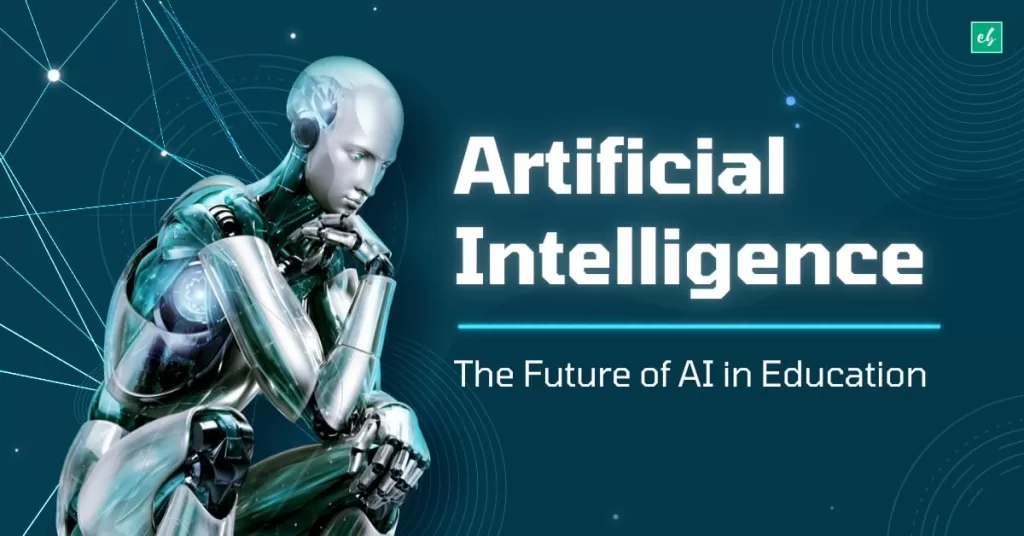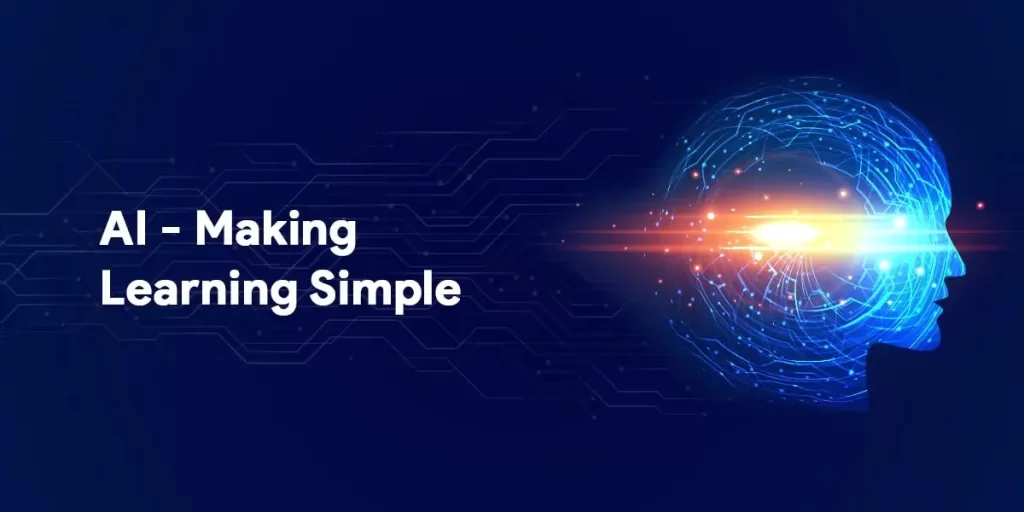AI in Higher Education Institutions marks a transformative era, where the convergence of technology and academia necessitates a comprehensive framework. Crafting a cohesive strategy requires an intricate dance between policy, practice, and governance, ensuring that artificial intelligence becomes a catalyst for educational advancement rather than a mere technological addition.
Strategic Vision: Integrating AI into Educational Frameworks
At the heart of navigating AI in Higher Education Institutions lies the strategic vision that embraces AI as an integral component of the educational landscape. Institutions must formulate a robust strategy that encompasses the seamless integration of AI into curricula, research endeavors, and administrative processes. This strategic foresight ensures that the potential of AI is harnessed to enhance the overall educational experience.
Parallel to strategic considerations, the implementation of AI in Higher Education Institutions demands a nuanced policy framework. Policies should delineate ethical guidelines, addressing issues such as data privacy, bias mitigation, and algorithmic transparency. Simultaneously, regulatory compliance ensures that the integration of AI aligns with legal standards, fostering an environment of trust and accountability within the educational community.
Practical Implementation: Fostering Innovation in Education
Moving beyond theoretical frameworks, the successful incorporation of AI in Higher Education Institutions requires a commitment to practical implementation. Institutions should cultivate an environment that encourages experimentation, innovation, and collaboration. Practical applications of AI, whether in personalized learning experiences or automated administrative processes, serve as the bedrock for transformative educational practices.
Amidst the rapid evolution of AI technologies, effective governance models are paramount for maintaining equilibrium. AI in Higher Education Institutions demands governance structures that facilitate continuous adaptation to technological advancements, ensuring that policies and practices remain agile and responsive. A dynamic governance model empowers institutions to stay ahead of the curve in the ever-changing landscape of artificial intelligence.
Striking a Balance: Ethical Considerations in AI Education
As institutions delve into the realm of AI education, striking a balance between innovation and ethical considerations is crucial. Educators, policymakers, and administrators must collaborate to ensure that the deployment of AI aligns with ethical standards, fostering an inclusive and responsible learning environment. The ethical dimensions of AI in Higher Education Institutions form the cornerstone for building a sustainable and equitable educational future.
Charting the Course Forward
In conclusion, the integration of AI in Higher Education Institutions is not a singular task but a multifaceted journey that demands strategic acumen, thoughtful policy formulation, practical implementation, and dynamic governance. As educational institutions chart the course forward, embracing AI as a tool for empowerment, they pave the way for a future where technology and education harmoniously coexist to shape the minds of tomorrow.


